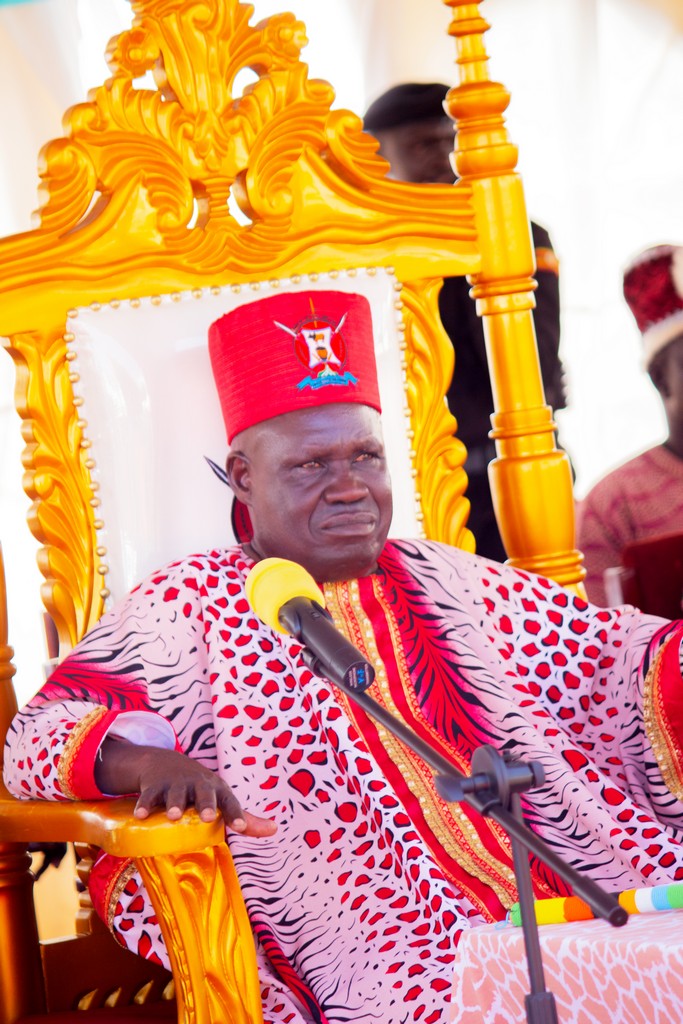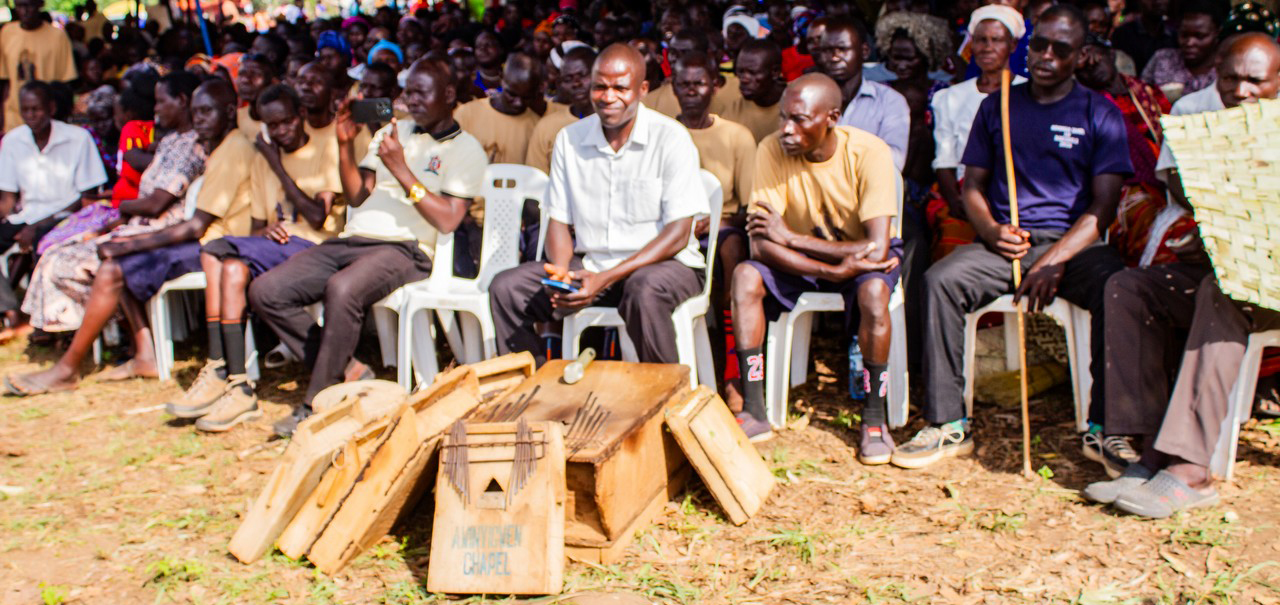
Kumam Cultural Heritage KUCH is a fully gazetted Cultural Institution by the Government of Uganda for the Kumam and its People as a Chiefdom with a cabinet and General Assembly structure in place.
The primary mission of the Kumam cultural institution is to preserve and promote the Kumam language, traditions, norms, and way of life for current and future generations, while fostering peace, unity, and socio-economic development within the community
To achieve a revitalized and thriving Kumam community where cultural identity is strong, individuals are empowered, and a sustainable future is ensured through a blend of traditional wisdom and modern approaches to development.








See others Moments? view more